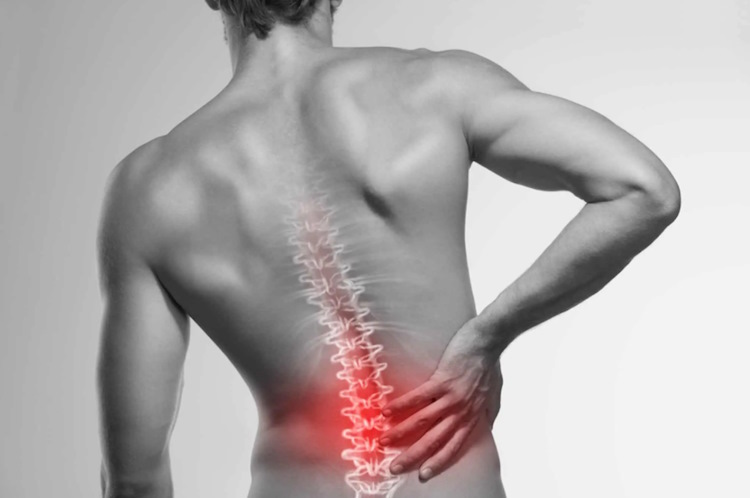Make your calves and forearms grow – Exercises and Tips
Training calves and forearms is often a challenging task for many fitness enthusiasts, especially because these are probably the two most genetically-bound muscle groups in one’s physique. Additionally, both these groups tend to be neglected in many training routines with little to no specific workouts devoted to them, but they are still very important for overall strength and stability, as well as keeping the physique aesthetically balanced. If that wasn’t enough already, huge ripped calves and forearms look good even while you’re clothed, showing through t-shirts and shorts. In this article, we’ll discuss some basic tips for training calves and forearms for the best results.
- Training the calves:
The calves are the muscles located on the back and sides of your lower leg. Here are some exercises to help you train them effectively:
- Standing Calf Raises: this is a staple exercise for calf training. Stand on the edge of a step with your toes on the step and your heels hanging off. There are machines designed for this exercise that help you load your calves with more weight. Raise your heels as high as you can and hold for a second (contraction at the peak) before slowly lowering them back down and feeling the stretch on the lower position. Repeat for 3 or 4 sets of 10-15 reps.
- Seated Calf Raises: sit on a bench with a weighted barbell or dumbbells on your thighs. There are also machines designed for this particular exercise that you can use. Place your toes on a block or step and raise your heels as high as you can. Hold for a second before slowly lowering them back down and feeling the stretch. Repeat for 3 or 4 sets of 10-15 reps.
- Farmer’s Walk: this is a great exercise for not only your calves but also to improve your grip strength, forearms and traps. Hold two heavy weights in your hands and walk for a set distance or time.
- Jump Rope: jumping rope is a competent cardio exercise that also targets the calves. Jump for a set time or number of repetitions. Be careful as jumping rope may put a significant amount of stress on your ankles, knees and hip.
- Training the forearms:
The forearms are the muscles located on your lower arms. Here are some ways to train them effectively:
- Wrist Curls: sit on a bench with a weighted barbell or dumbbells in your hands. Rest your forearms on your thighs, palms facing up. You can also use another bench to rest your arms instead of your thighs. Curl the weight up towards your wrists, then slowly lower it back down. Repeat for 3 or 4 sets of 10-15 reps.
- Reverse Wrist Curls: sit on a bench with a weighted barbell or dumbbells in your hands. Rest your forearms on your thighs (another bench can also be used), palms facing down. Curl the weight up towards your wrists, then slowly lower it back down. Repeat for 3 or 4 sets of 10-15 reps.
- Hammer Curls or Reverse Grip Biceps Curls: both of these exercises target the brachioradialis portion of your forearms. Hammer curls are basically alternated biceps curls performed with your hands facing each other. Reverse grip biceps curls are performed by standing with your feet shoulder-width apart. Hold a pair of dumbbells or barbell with a pronated grip. Curl the weight towards your shoulders. Repeat for 3 or 4 sets of 10-15 reps.
- Farmer’s Walk: just like with calf training, the farmer’s walk is a great exercise for your forearms as well and will increase your grip strength. Hold two heavy weights or dumbbells in your hands and walk for a set distance or time.
- Plate Pinches: Pinch two non-rubberized weight plates together with your fingers and try to hold for as long as you can. Repeat for 3 or 4 sets of 30 seconds.
A few tips you can use for best results include:
- Progressive Overload: in order to see the best results, you’ll need to progressively increase the weight and/or intensity of your exercises over time.
- Diversify the stimuli: a good idea when training calves and forearms is to diversify the stimuli you give them. If you train 2x a week, for example, you might try doing one session with high intensity, low volume and the other one with low intensity, high volume.
- Consistency: hit your calves and forearms consistently and with proper form to see constant progress. Make sure you don’t sacrifice form to carry more weight.
- Rest and Recovery: give your muscles time to recover between workouts to avoid overtraining and injury, although calves and forearms generally have a higher percentage of red fibers and can take more work than other muscle groups.
- Proper Nutrition: always make sure you are fueling your body with proper nutrition to support training, muscle growth and recovery.
In conclusion, training your calves and forearms can be very beneficial to your fitness routine and to the aesthetic and balance of your physique. Incorporating the routine shown here into your workouts and following these tips will yield good results unless you’re just not genetically able to have good calves and forearms. With consistency, patience and hard work, you will be able to see significant improvements in these muscle groups in a short amount of time.









